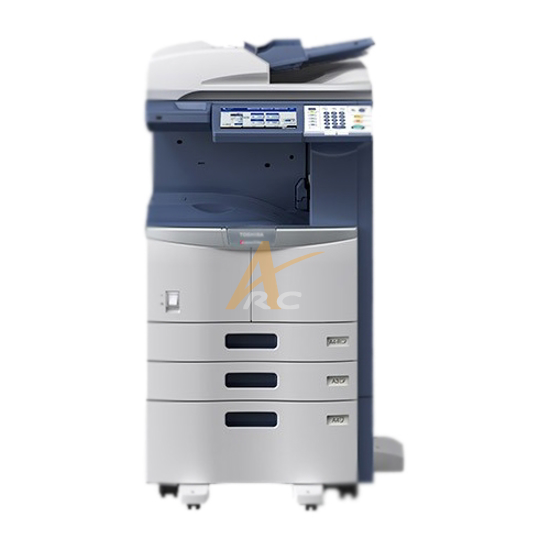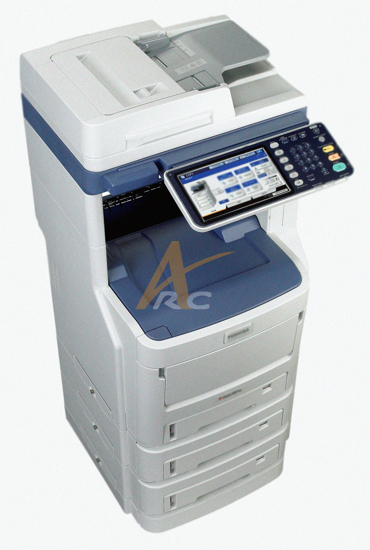

- #SEPARATION STUDIO 4 PRINT TO REGULAR PRINTER HOW TO#
- #SEPARATION STUDIO 4 PRINT TO REGULAR PRINTER TRIAL#
If this happens, turn the temperature down slightly and look for other reasons why you’re getting layer separation. If you see blobs or stringing of your filament, your temperature could already be too high. You can keep increasing the temperature so long as you don’t exceed your filament’s workable temperature range.īe careful with this, though. Increasing the nozzle temperature is another troubleshooting trick to try if you’re experiencing layer delamination with your 3D prints.Īs a trial, begin by increasing the temperature of the nozzle by 5° C. When the filament extrudes at a higher temperature, the bonds will always be better. You should also check that your printer bed is level before you begin. Thus, reducing the height settings of the layers might be a quick and simple solution to your 3D print layer separation problems. If you reduce the height of the layers, then there will be a squashing effect as the material extrudes. This effect facilitates the layers’ adhesion. If you have it higher than this, you can experience layer separation. With a 3D printer, you should set the height of the layers at around 80% of your printer’s nozzle diameter.
#SEPARATION STUDIO 4 PRINT TO REGULAR PRINTER TRIAL#
It’s simply a process of trial and error, and you should try to look at each of these things to see what helps to resolve your delamination issue. While it’s impossible to fix a layer separation that has already occurred, you can try lots of different things to address the issue and resolve the problem. Settings that can affect this include the printing temperature, the thickness of the layers, and the speed of the cooling fan.

If your settings aren’t spot on, you could end up with layer separation. When it comes to setting up filaments, 3D printers are often unforgiving. This is especially pertinent if your 3D printer has had a period of extended use. With inconsistent extrusion, there is often poor adhesion between layers, which is the cause of layer separation. This clogging can cause extrusion problems. If the nozzle contains dirt, dust, or residual filaments, it can get clogged. If you’re already using ABS or other filaments requiring a high temperature, the easiest solution might be to switch to a PETG or PLA filament. The result is a long chain of polybutadiene crisscrossed with shorter chains of polystyrene-co-acrylonitrile.Īre the best types of filaments for good layer adhesion.

The proportions can vary from 15% to 35% acrylonitrile, 5% to 30% butadiene and 40% to 60% styrene. Trusted Source Acrylonitrile butadiene styrene - Wikipedia ABS is a terpolymer made by polymerizing styrene and acrylonitrile in the presence of polybutadiene. Starts to cool, the material will expand, causing the layers to separate and warp upwards as they are not latched on to anything.ĭifferent 3D printer filaments require different melting flow rates, and some are better at adhering than others. Trusted Source 3D printing gets bigger, faster and stronger Research advances are changing the image of a once-niche technology. What is a print layer separation?Īlso called layer delamination or layer splitting, this phenomenon happens because the layers don’t bond together adequately.
#SEPARATION STUDIO 4 PRINT TO REGULAR PRINTER HOW TO#
In this article, we’ll examine the phenomenon of 3D print layer separation, how to figure out the cause of the problem, and how to stop layer separation from happening. Unfortunately, layer separation can’t be reversed so, when you see it happening, you’re going to have to start the project again. Other names for this include delamination and layer splitting. For your 3D print to be strong, every layer needs to be adequately bonded. As we know, 3D printing works by building up layers, with each layer being printed on top of the previous layer. Essentially, layers of your print don’t adhere to one another properly. As well as looking awful, this phenomenon renders the print weak mechanically speaking. When it comes to troubleshooting 3D printers, 3D print layer separation is a common problem – and it’s also one of the most problematic. We may earn a commission through products purchased using links.


 0 kommentar(er)
0 kommentar(er)
